We are building a low cost IoT microscope based on the Raspberry Pi 3. Using easily changeable glass objectives. This microscope will provides various magnification. (40x, 100x, 400x). The microscope will scan the specimen on the x and y axis and stitch the images together to create a large and very detailed image that can be reviewed on a internet connected phone, tablet or computer. We will be making the design as low cost as possible so that anyone in the world has access to a very powerful digital microscope. Citizen scientists from around the world will soon have a new powerful tool to aid in future discoveries.
The Raspberry Pi 3 will provide the necessary I/O pins for control of the stepper drivers and Pi camera, and will also facilitate the connection to multiple devices via a WiFi connection. We are looking into software algorithms that will stitch the images together on the Pi as it scans the target. Since it also has a built -in full size HDMI port, you can also simply hook the microscope to a TV or computer screen to view the camera.
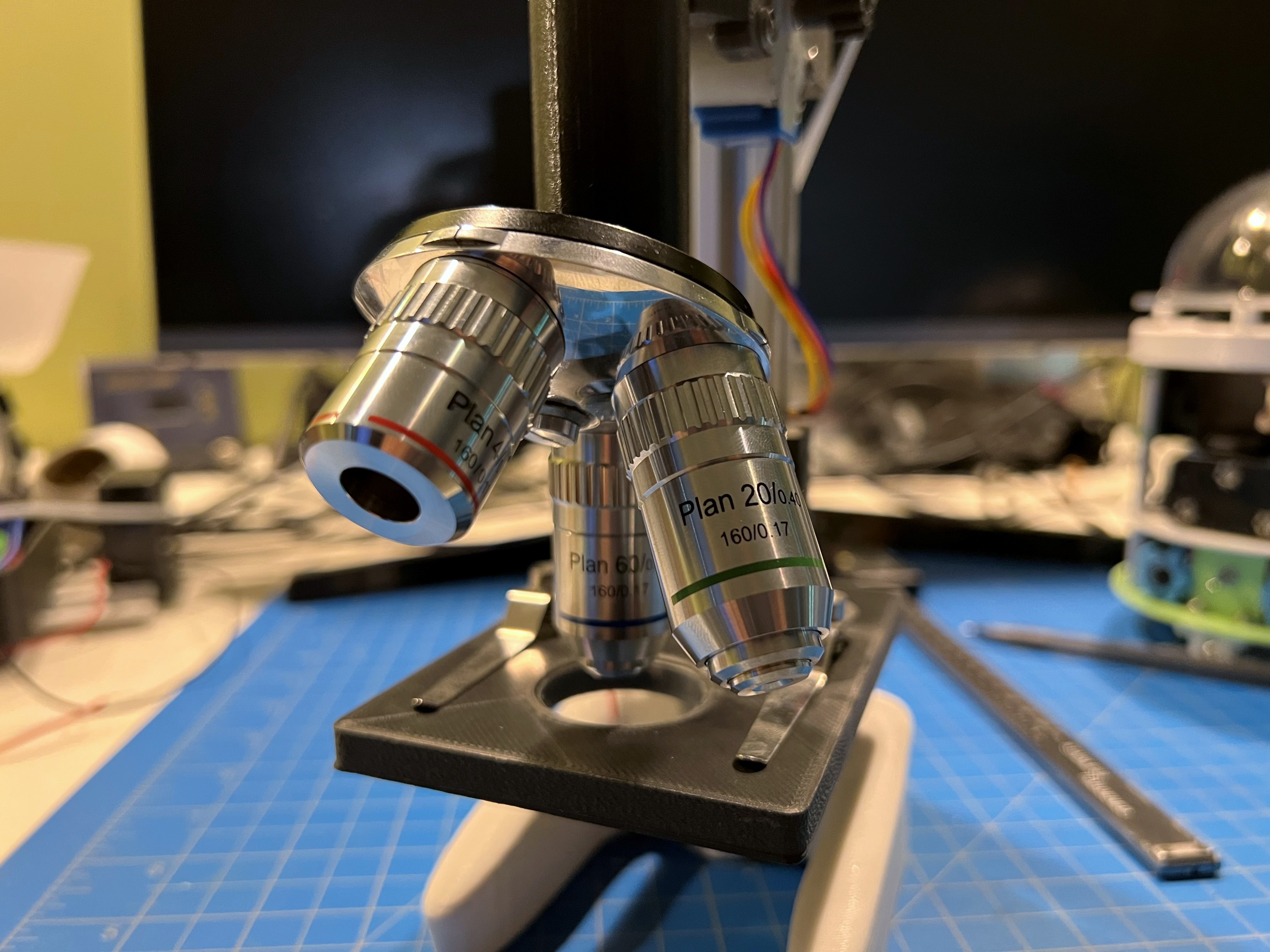
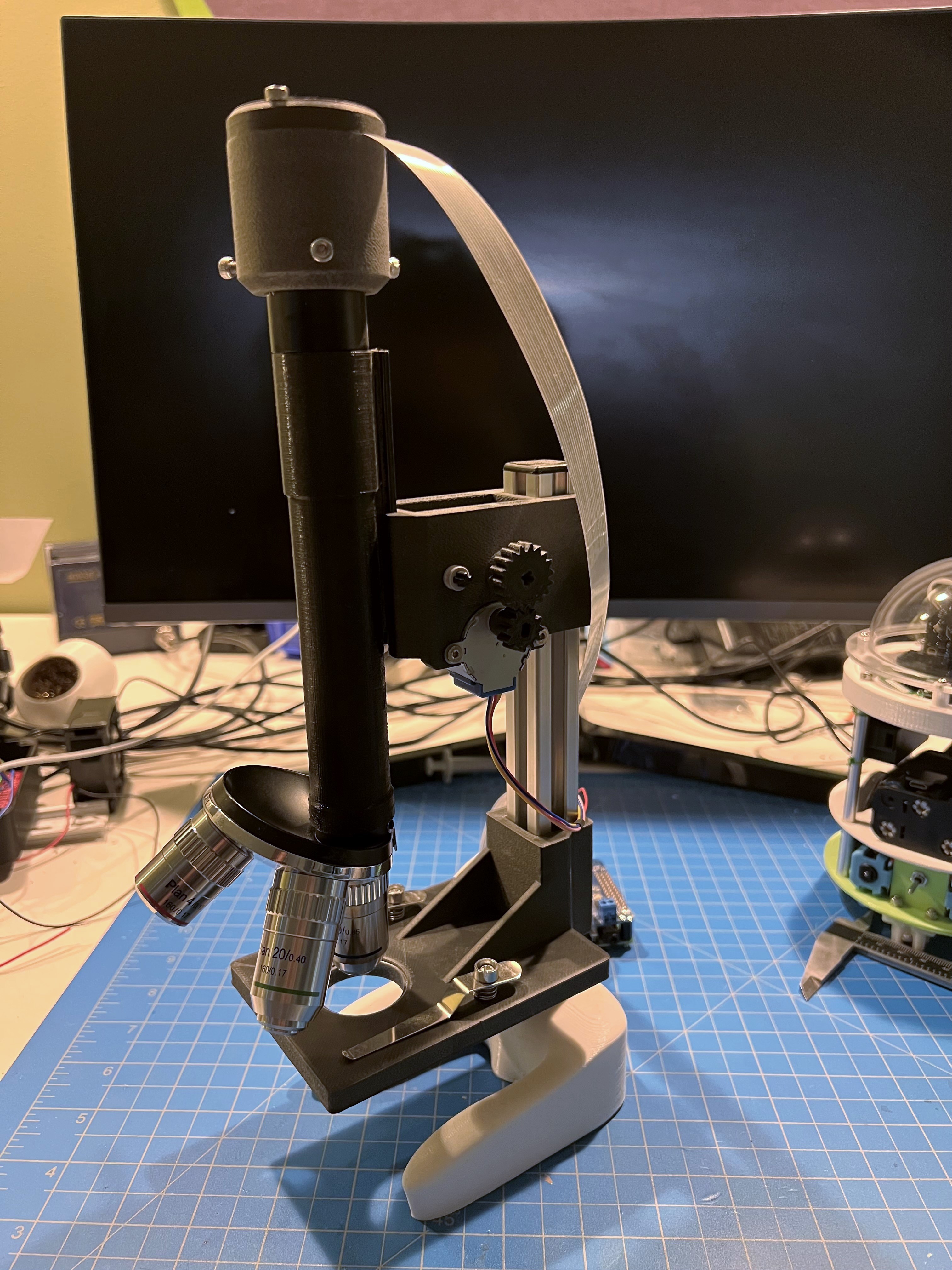
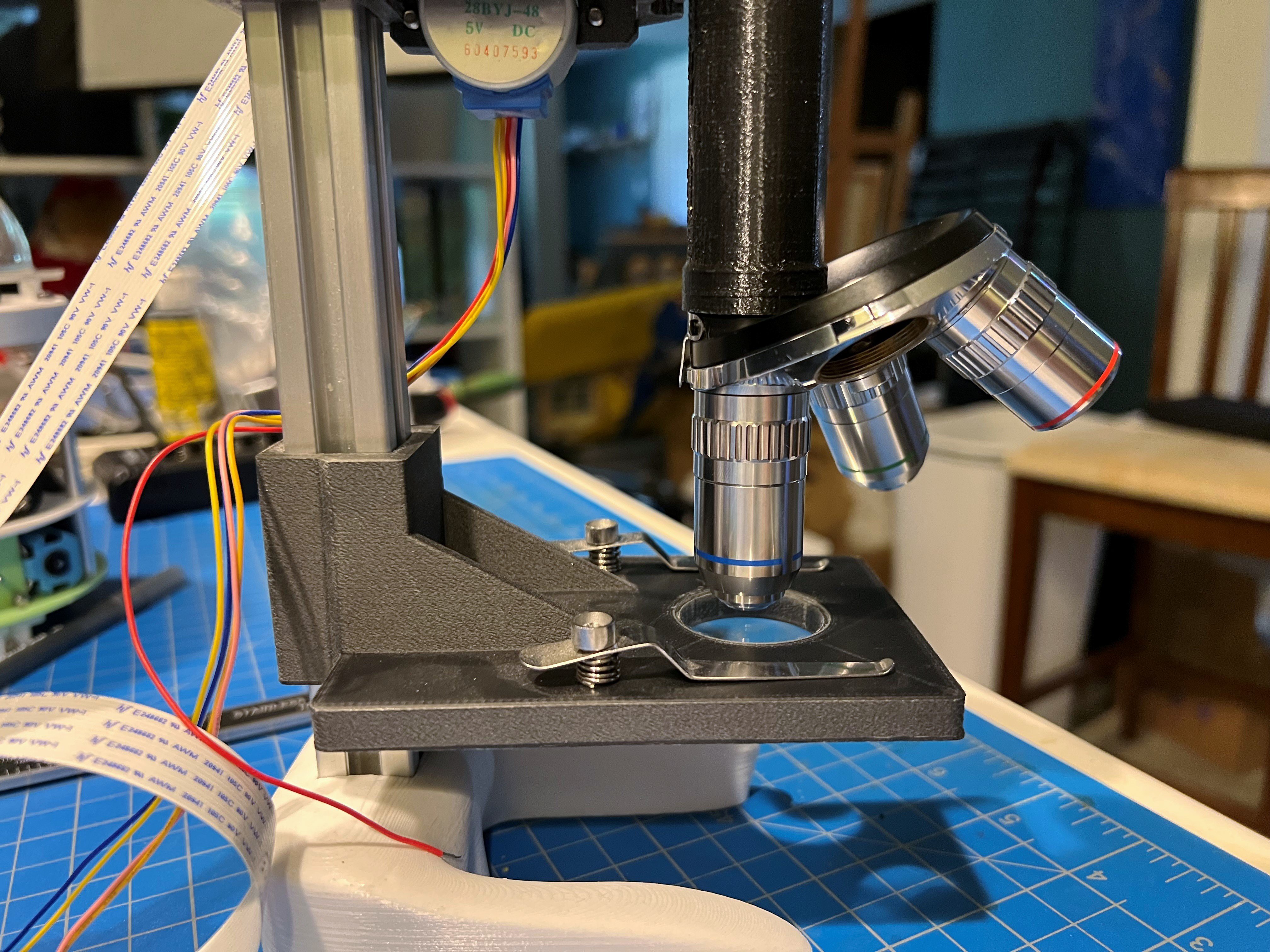
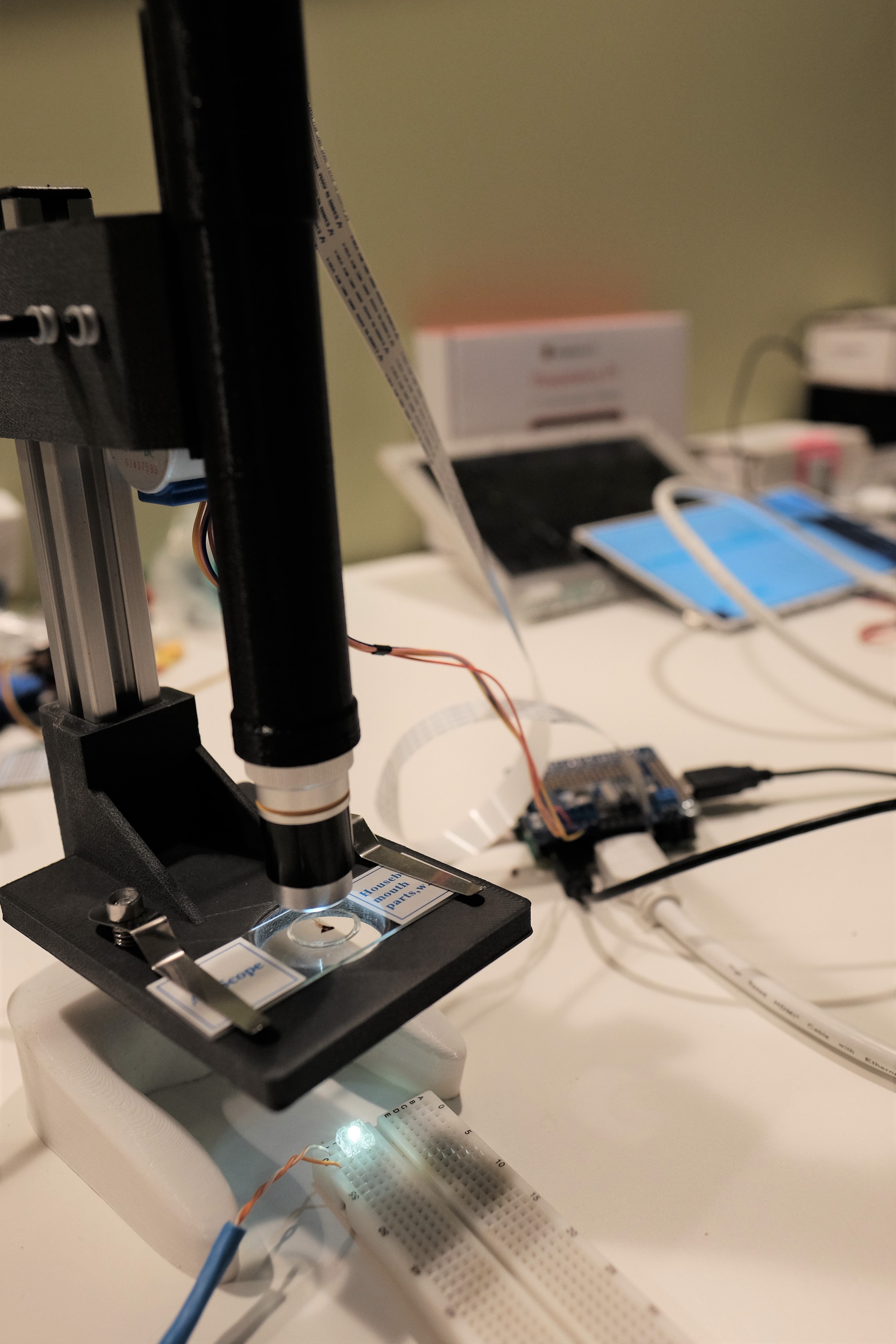
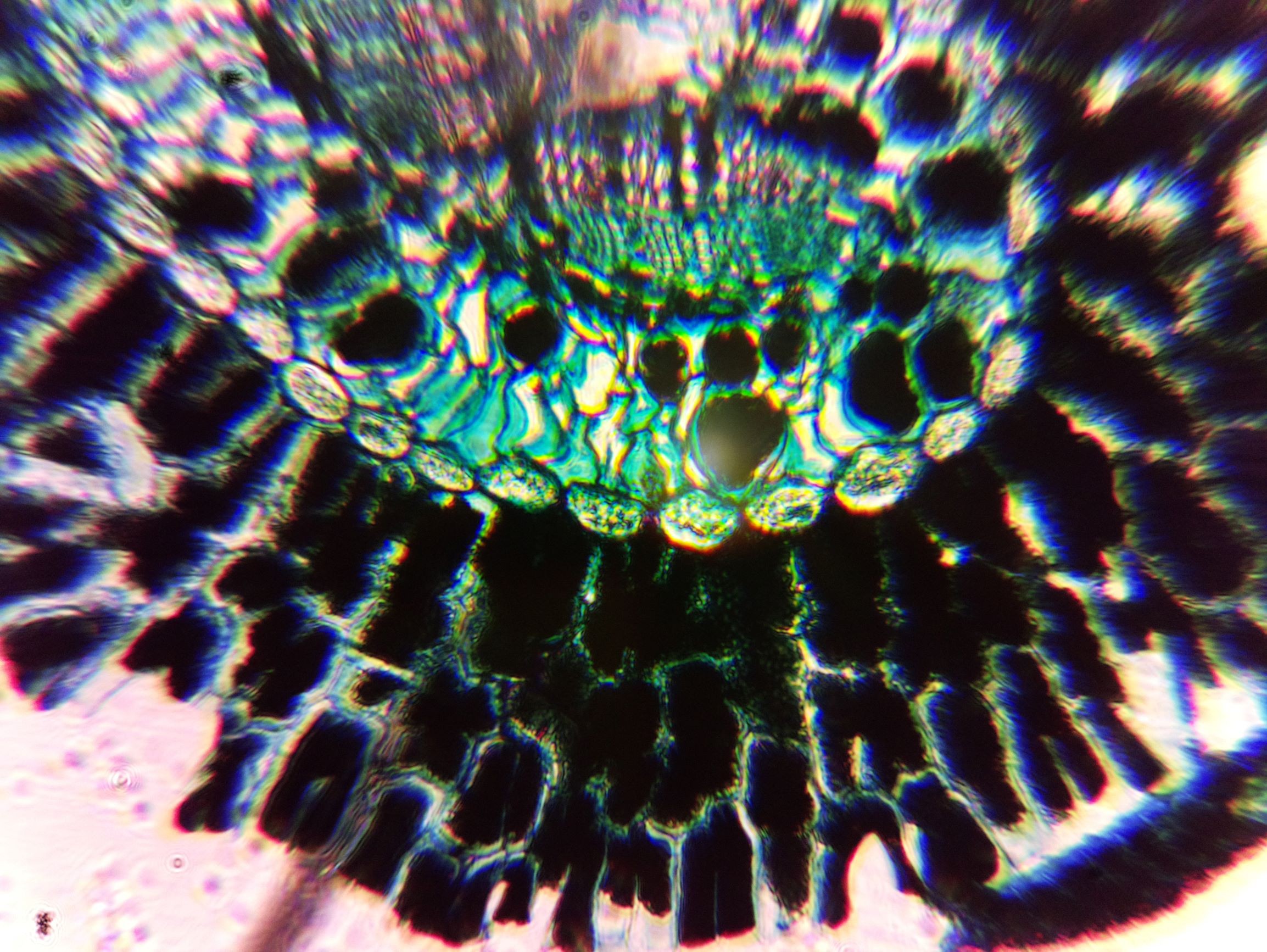
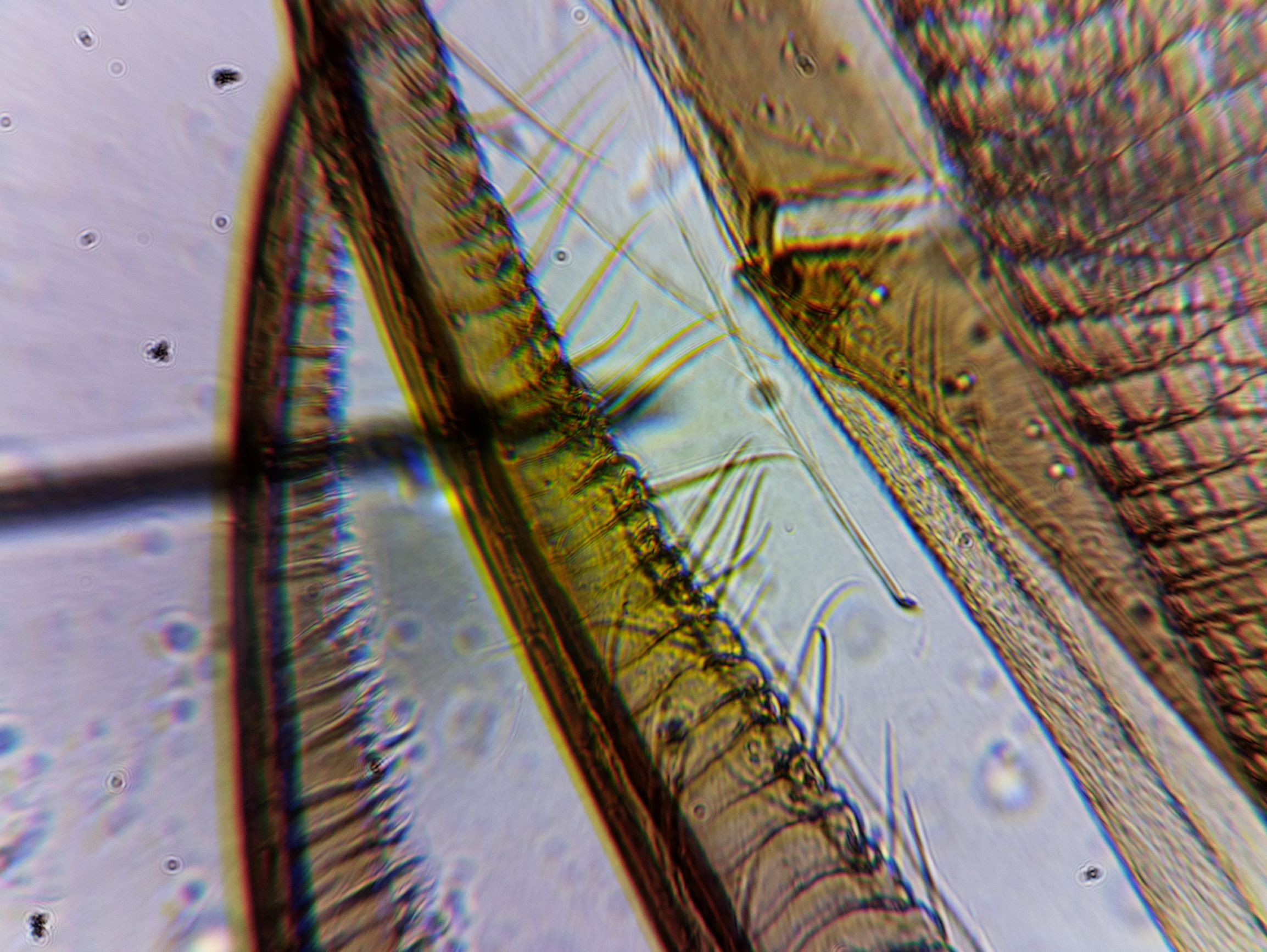
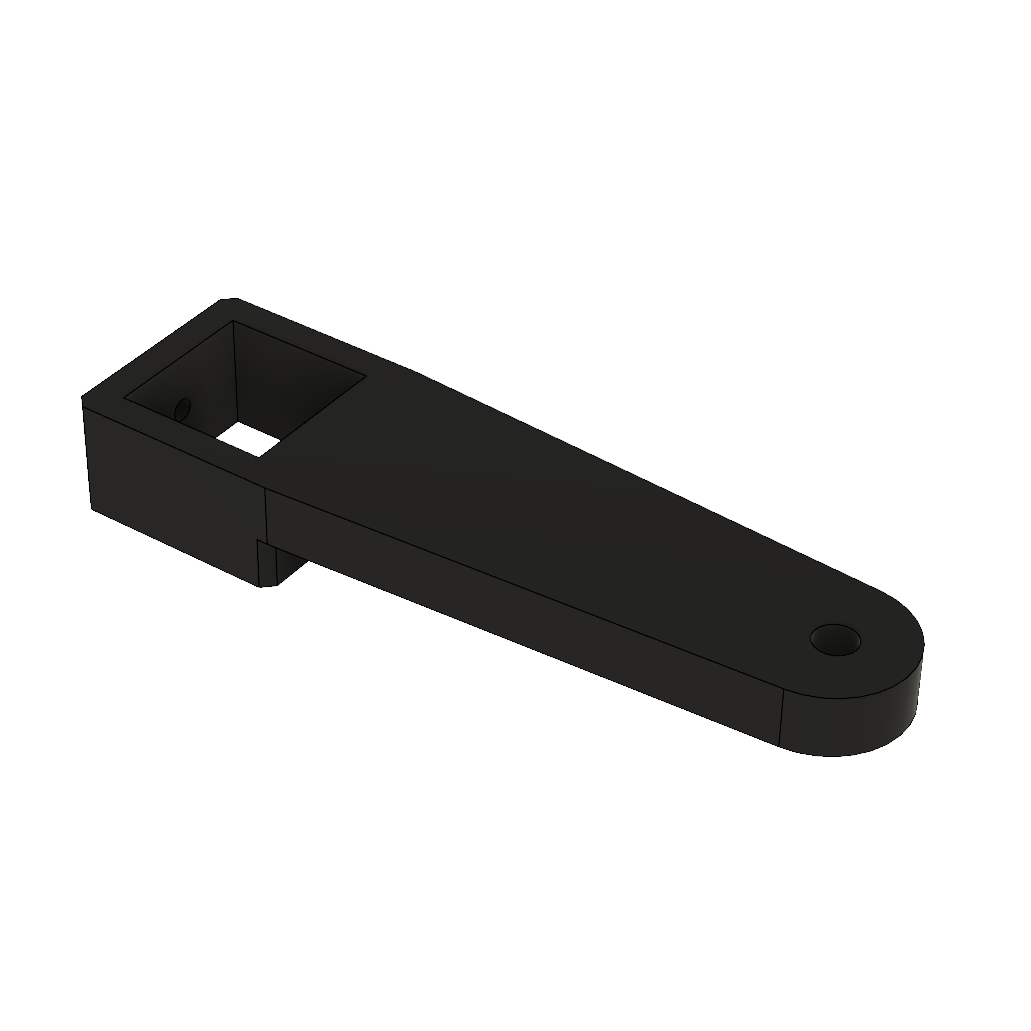
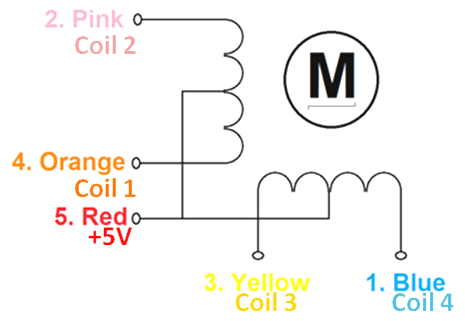
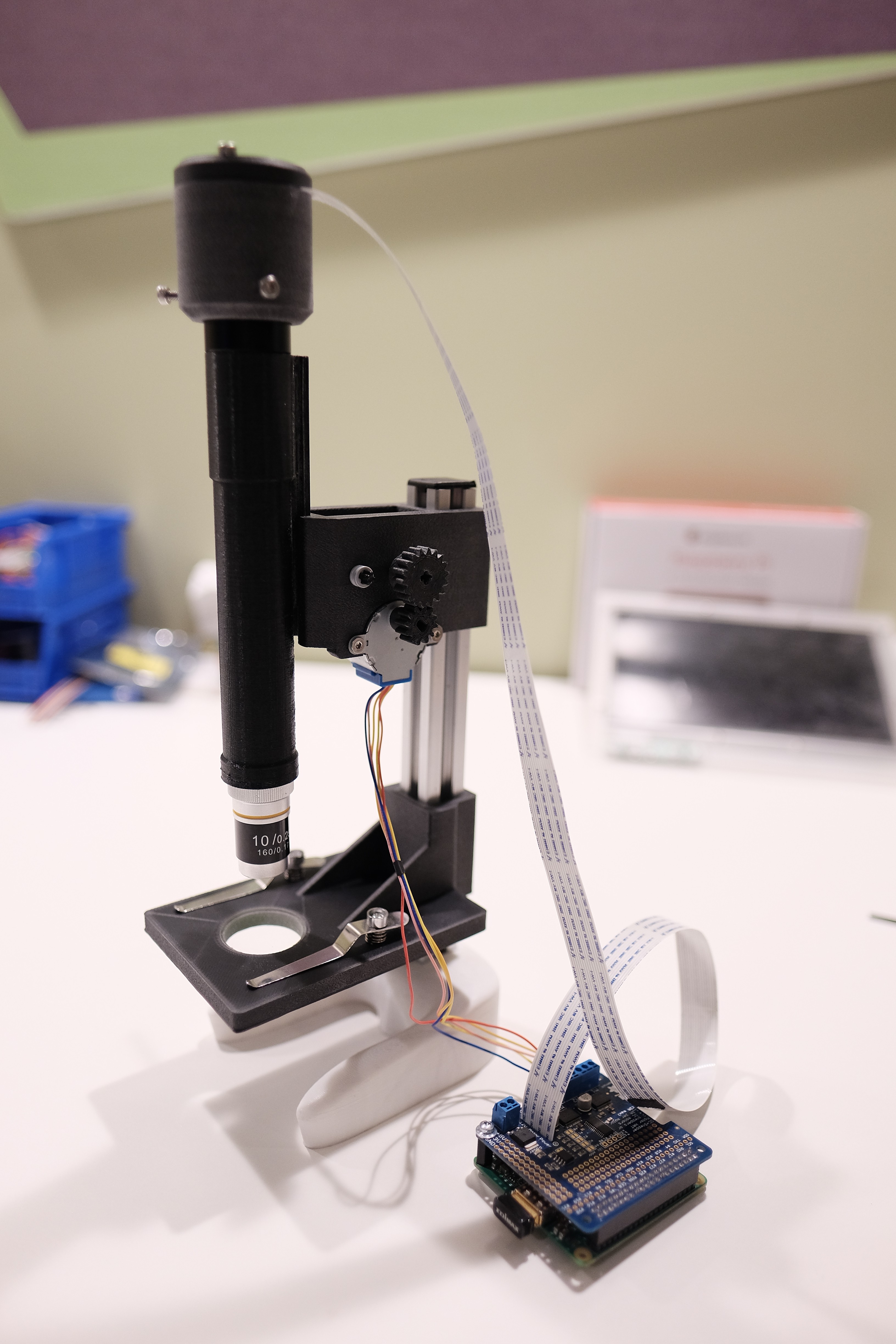
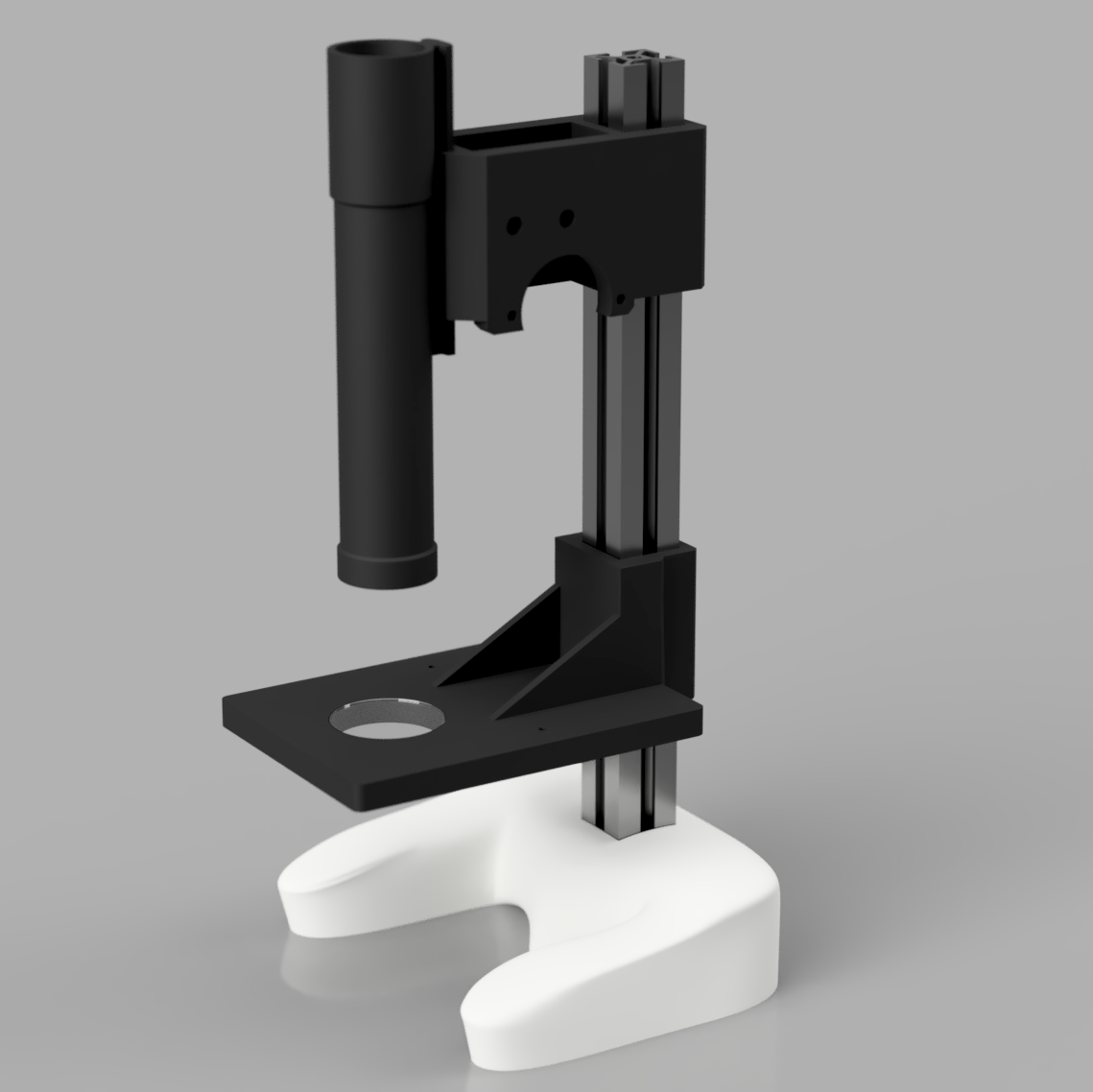

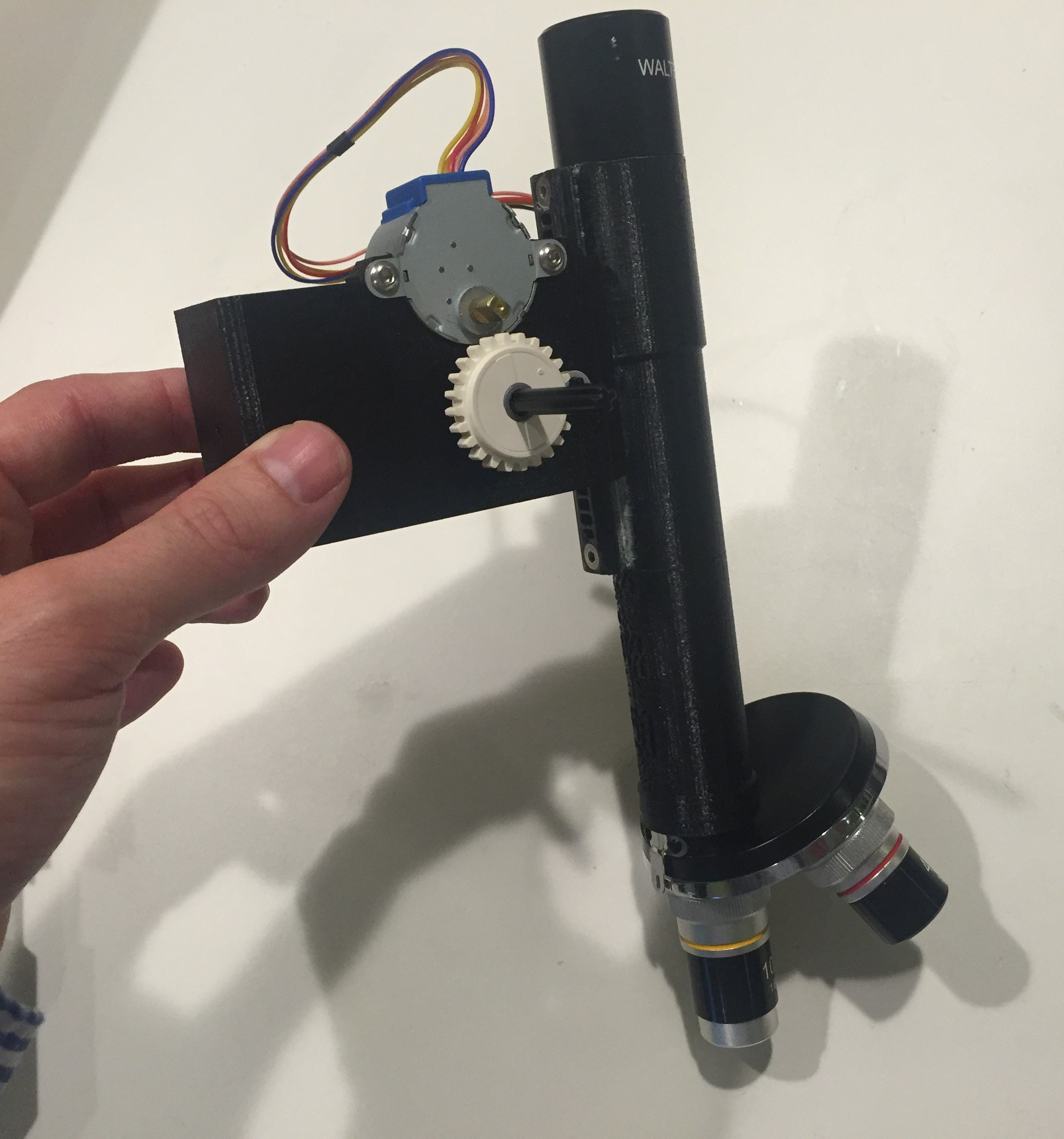
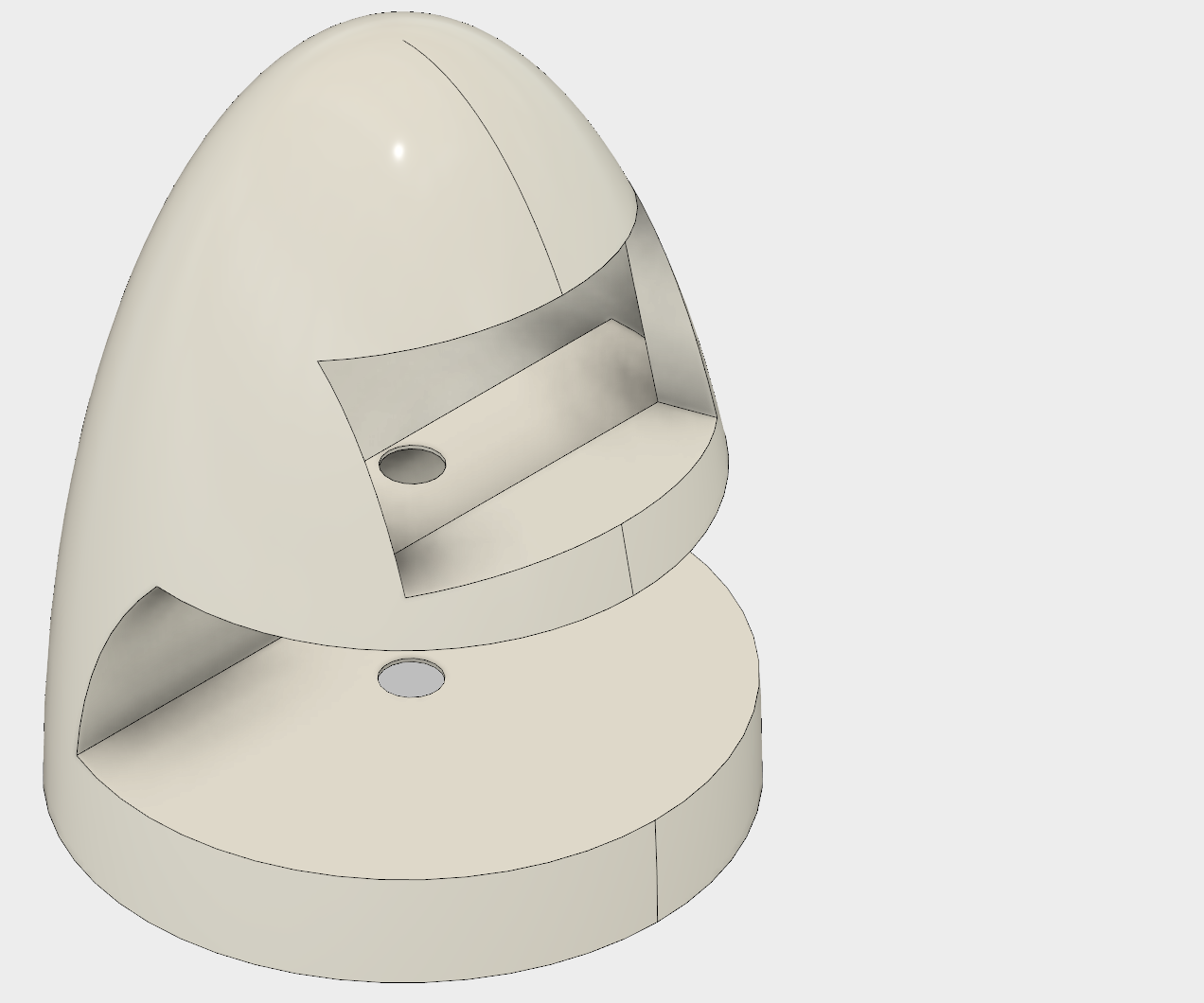
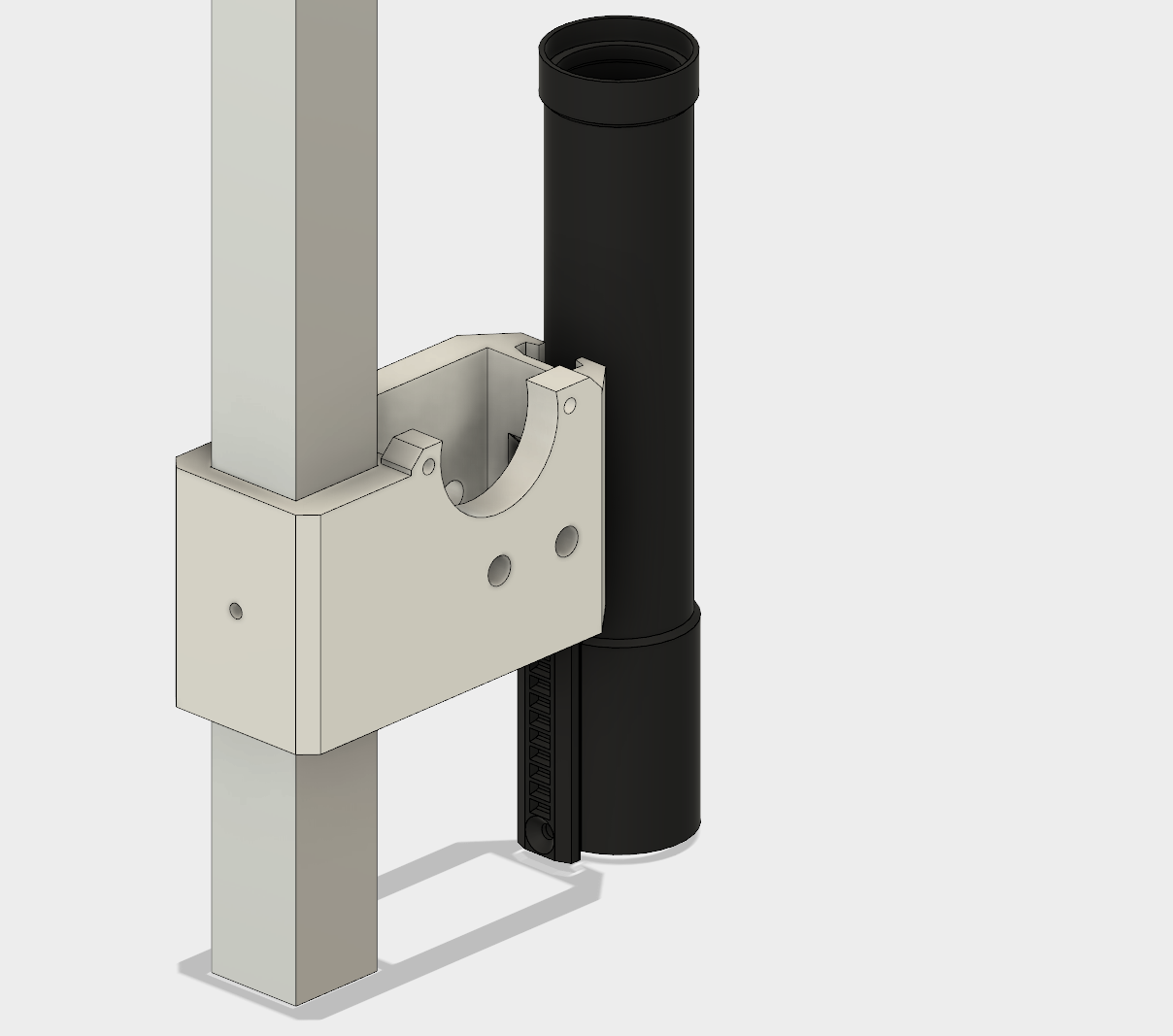


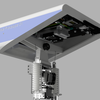





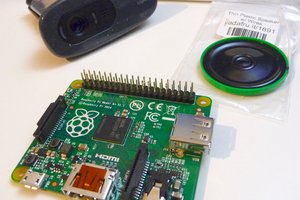
 Markus Dieterle
Markus Dieterle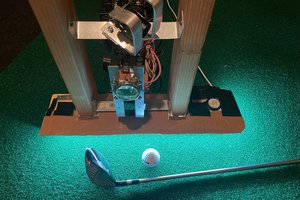
 James Pilgrim
James Pilgrim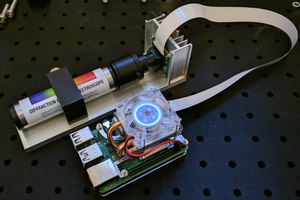
 LesWright
LesWright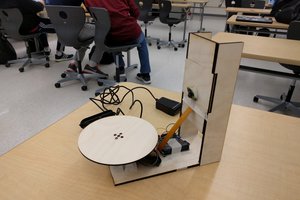
 Eric Link
Eric Link
Sir the rod which connects the gears are missing and the available ones are just a circle rod can u please add the modified version